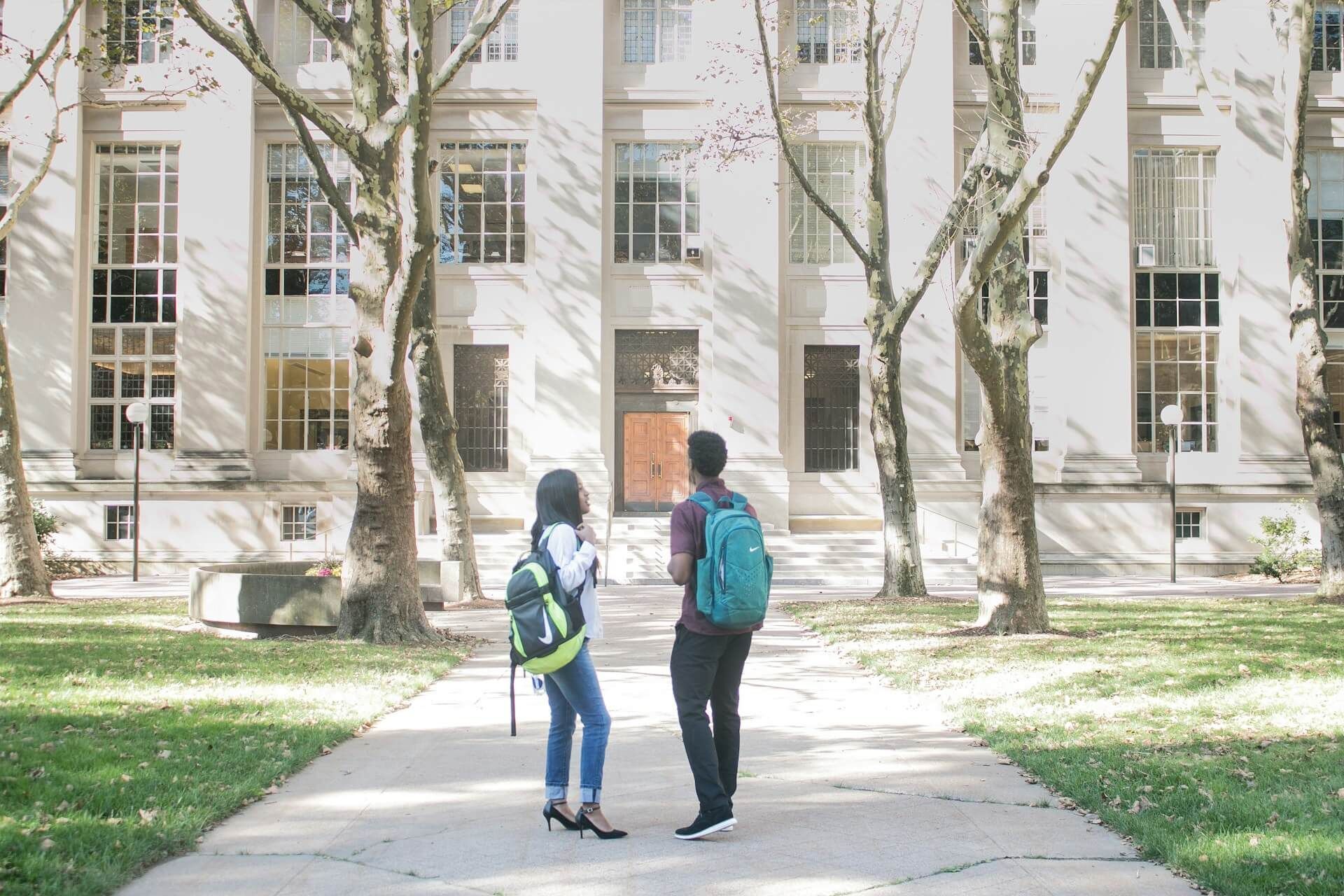We Like To Move It Moving Company
Embracing eco-friendly practices for a greener move

Moving to a new home is an exciting time, but it can also generate a significant amount of waste and carbon emissions. However, with a little planning and conscious decision-making, you can make your move more environmentally friendly. Embracing sustainable moving practices not only reduces your carbon footprint but also sets a positive example for others. In this article, we'll explore eco-friendly practices that you can adopt during your move to make it more sustainable and contribute to a greener future.
Purge and declutter responsibly
Before you start packing, take the time to declutter your belongings responsibly. Donate or sell items that are still in good condition but no longer serve a purpose for you. Recycle or properly dispose of items that can't be donated. By reducing the number of items you move, you'll minimize waste and energy associated with transporting unnecessary belongings.
Use eco-friendly packing materials
Avoid traditional plastic bubble wrap and Styrofoam peanuts when packing your items. Instead, opt for eco-friendly alternatives like biodegradable packing peanuts made from cornstarch or air pillows made from recycled materials. Use old newspapers or shredded paper for cushioning fragile items. Reusable packing materials, such as cloth bags and blankets, are also sustainable options.
Choose green moving supplies
When purchasing moving boxes, opt for recycled and recyclable boxes. Many moving companies offer eco-friendly packing supplies made from recycled materials. Alternatively, consider renting plastic moving boxes that can be reused multiple times. This reduces the demand for new boxes and minimizes waste.
Rent a fuel-efficient or electric moving truck
If you're renting a moving truck, choose a fuel-efficient or electric vehicle whenever possible. These options emit fewer greenhouse gases and have a lower impact on the environment. Plan your route to minimize driving distance and choose the most efficient way to reach your new home.
Carpool or use public transportation
If you're moving a short distance or within a city, consider carpooling with friends or family who are willing to help. Carpooling reduces the number of vehicles on the road and lessens the overall carbon emissions. Alternatively, use public transportation if feasible, as it's one of the most sustainable ways to move.
Opt for green moving companies
If you decide to hire a moving company, look for those that prioritize sustainability. Some moving companies have green initiatives, such as using biodiesel fuel for their trucks or implementing recycling programs. Do your research and choose a company aligned with your environmental values.
Use sustainable cleaning products
When cleaning your old and new home, use eco-friendly cleaning products. Commercial cleaning products often contain harmful chemicals that can harm the environment and your health. Instead, opt for natural, biodegradable, and non-toxic cleaning solutions that are safe for the planet and your family.
Donate unwanted furniture and appliances
If you have furniture or appliances that you no longer need but are in good condition, consider donating them to local charities or secondhand stores. Many organizations gladly accept gently used furniture and household items, providing them to those in need and keeping them out of landfills.
Recycle packing materials
After your move, make sure to properly recycle or dispose of the packing materials. Flatten and recycle cardboard boxes, properly dispose of plastic wrapping, and recycle any paper or cardboard materials used for packing. If you've rented reusable moving boxes, return them to the rental company to be sanitized and used again.
Embrace green habits in your new home
As you settle into your new home, continue practicing eco-friendly habits. Opt for energy-efficient appliances and LED lighting. Use programmable thermostats to conserve energy. Reduce water waste by fixing leaks and installing low-flow fixtures. Practice recycling and composting to reduce waste.
Conclusion
Sustainable moving is about making conscious choices that minimize the impact of your move on the environment. By purging responsibly, using eco-friendly packing materials, choosing green moving supplies, renting fuel-efficient or electric moving trucks, carpooling or using public transportation, opting for green moving companies, using sustainable cleaning products, donating unwanted furniture and appliances, recycling packing materials, and embracing green habits in your new home, you can turn your move into a positive contribution to the environment. Together, these small changes add up to a greener, more sustainable future for all.












